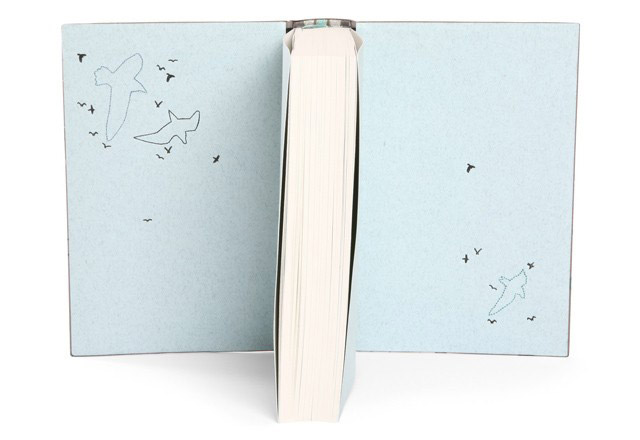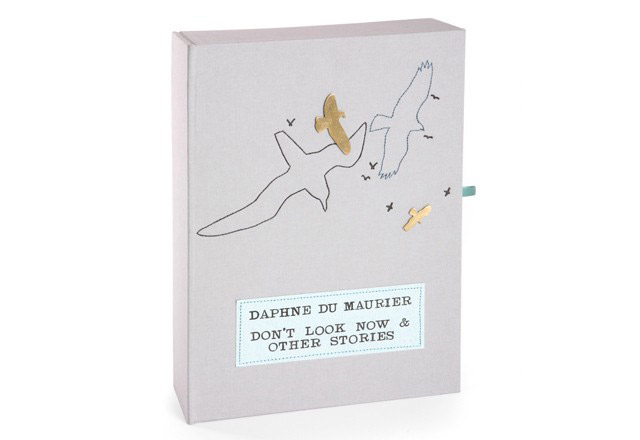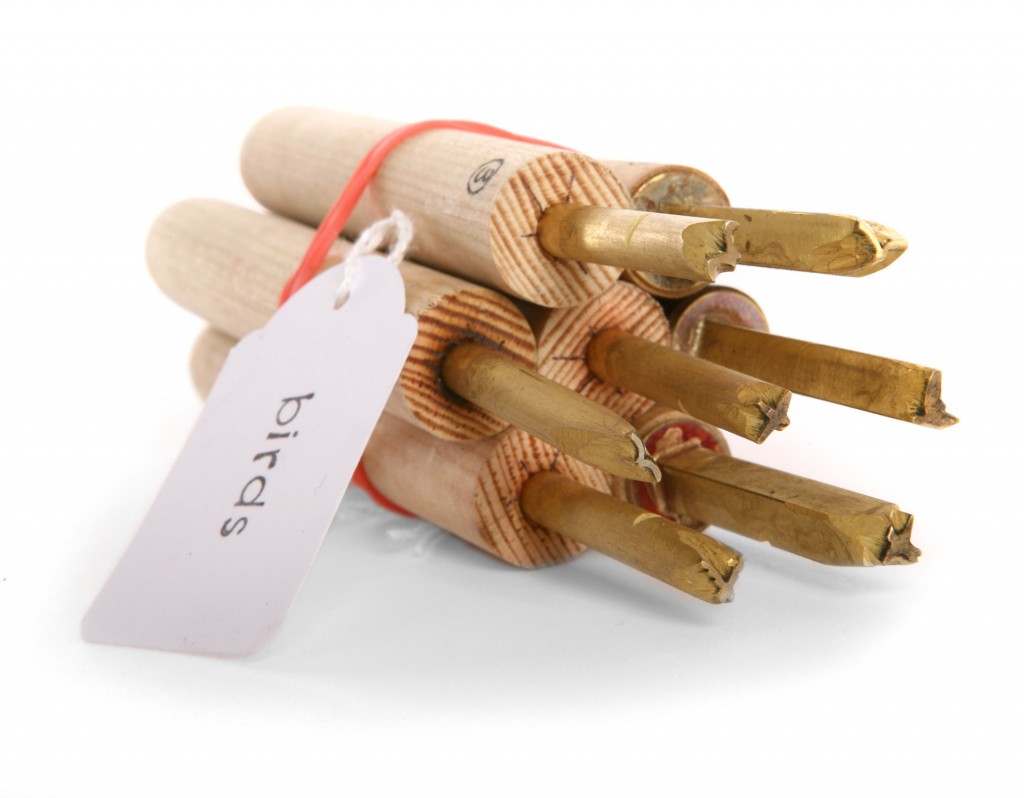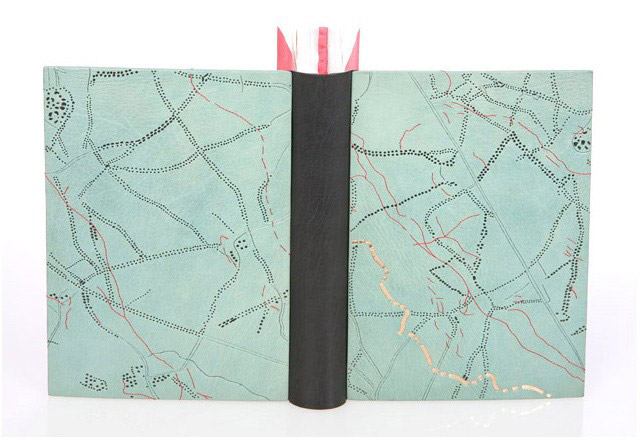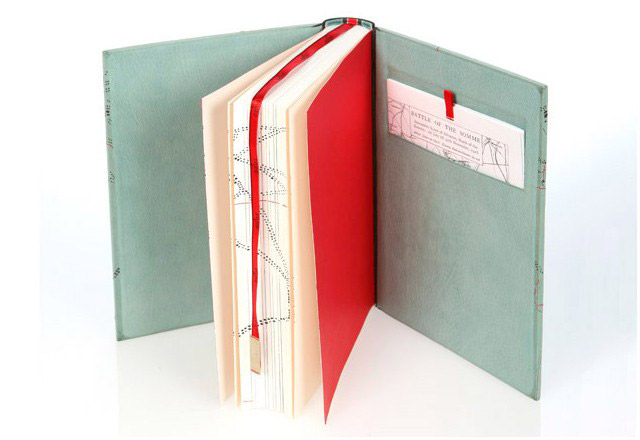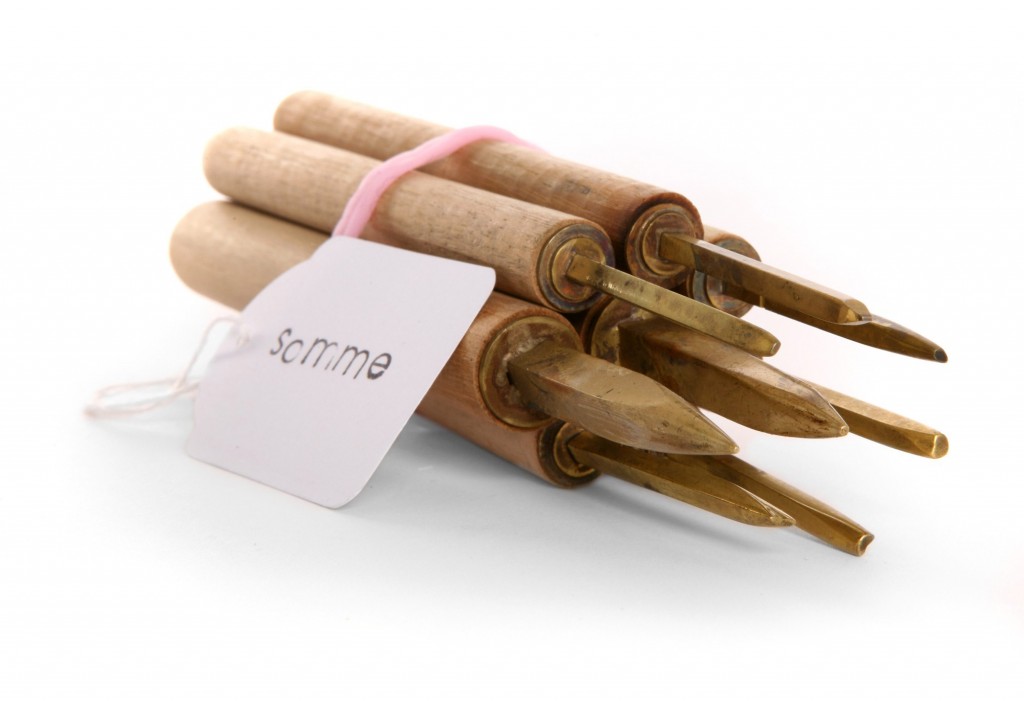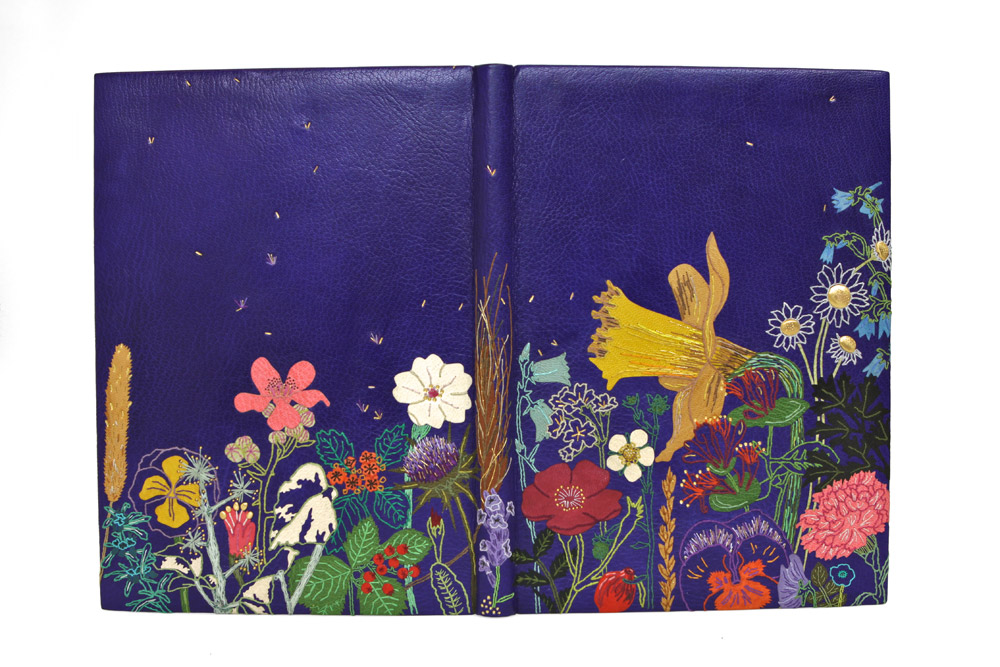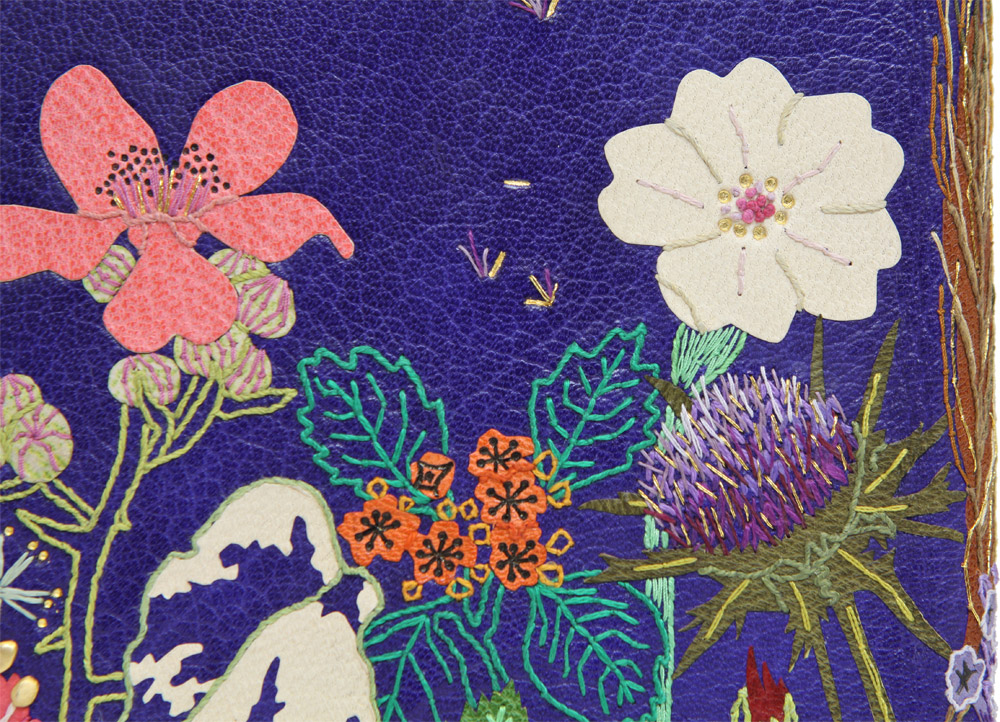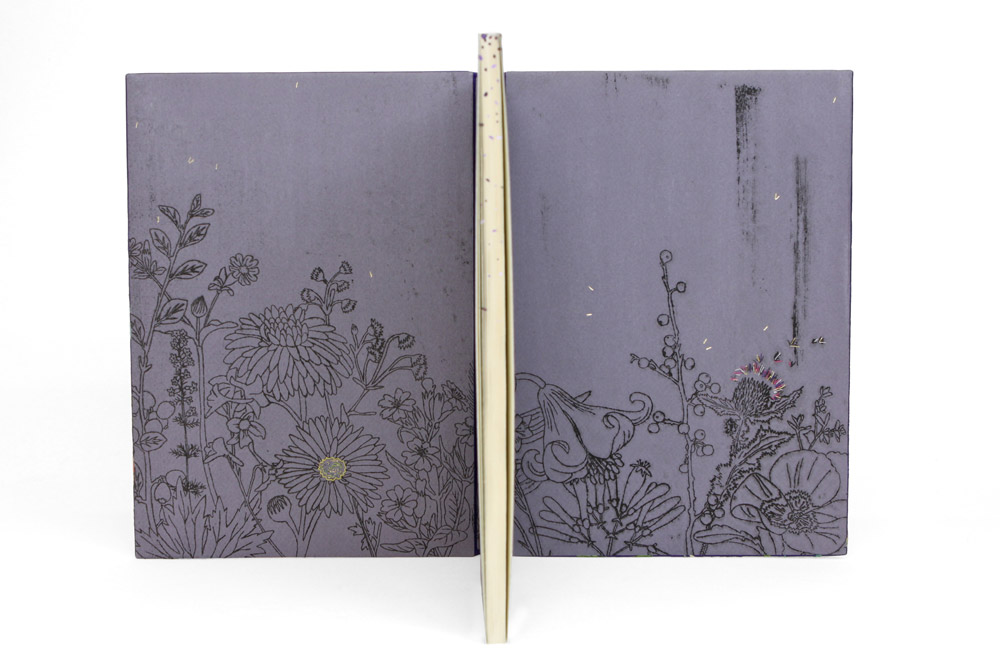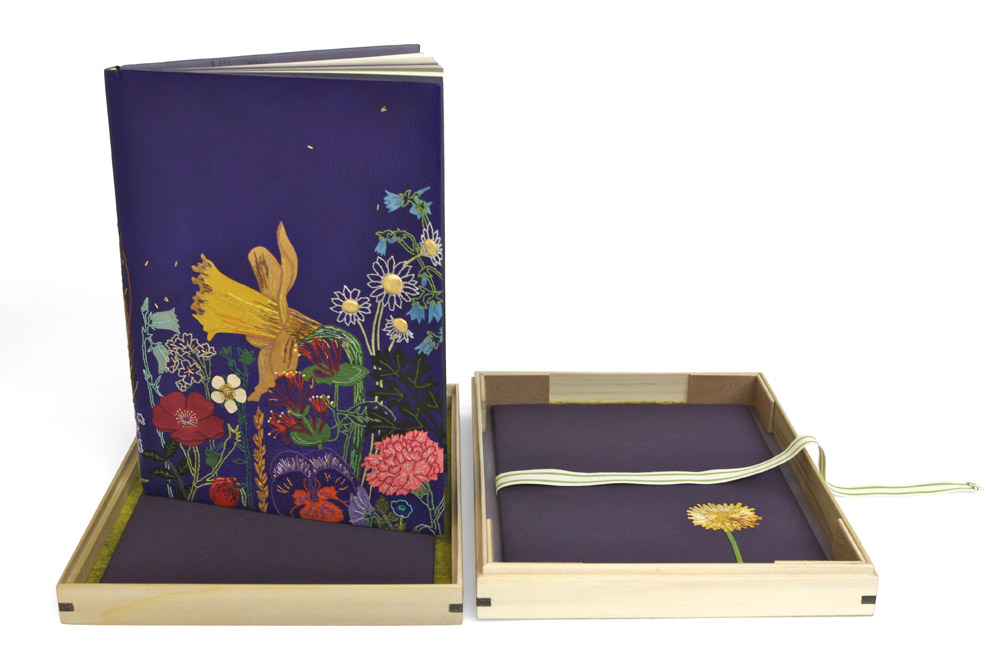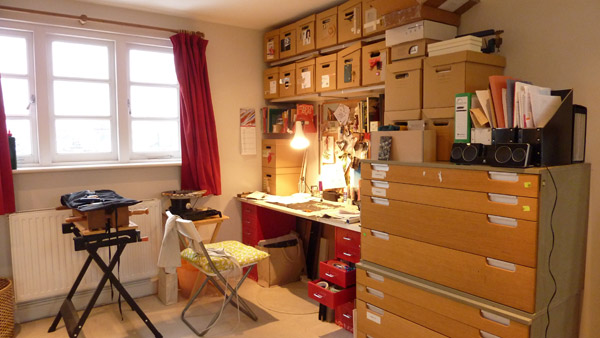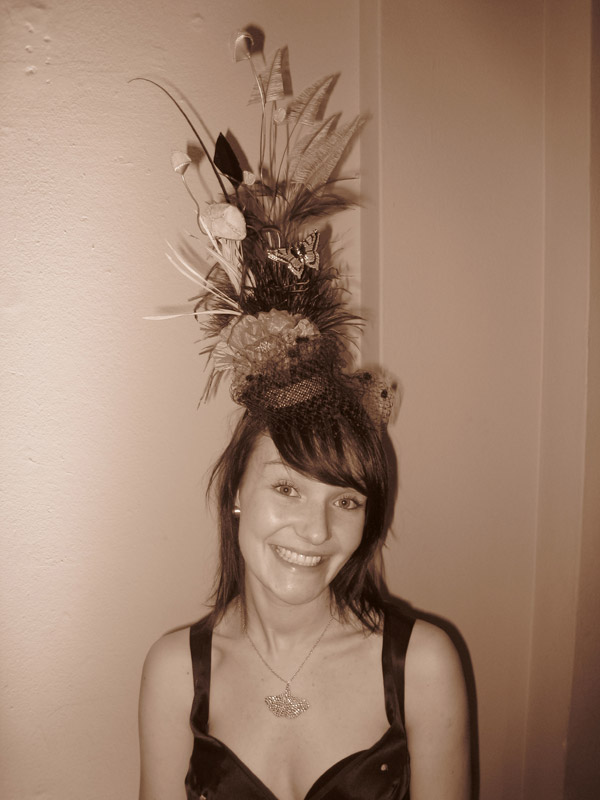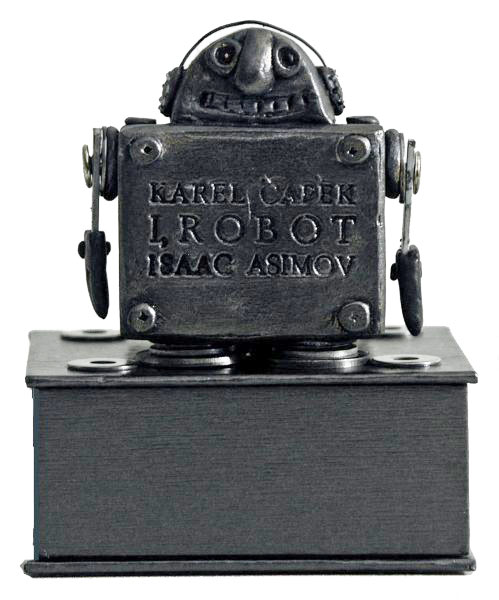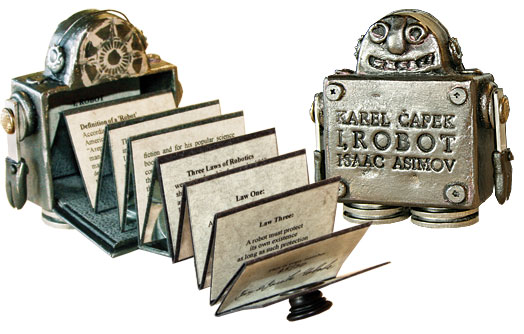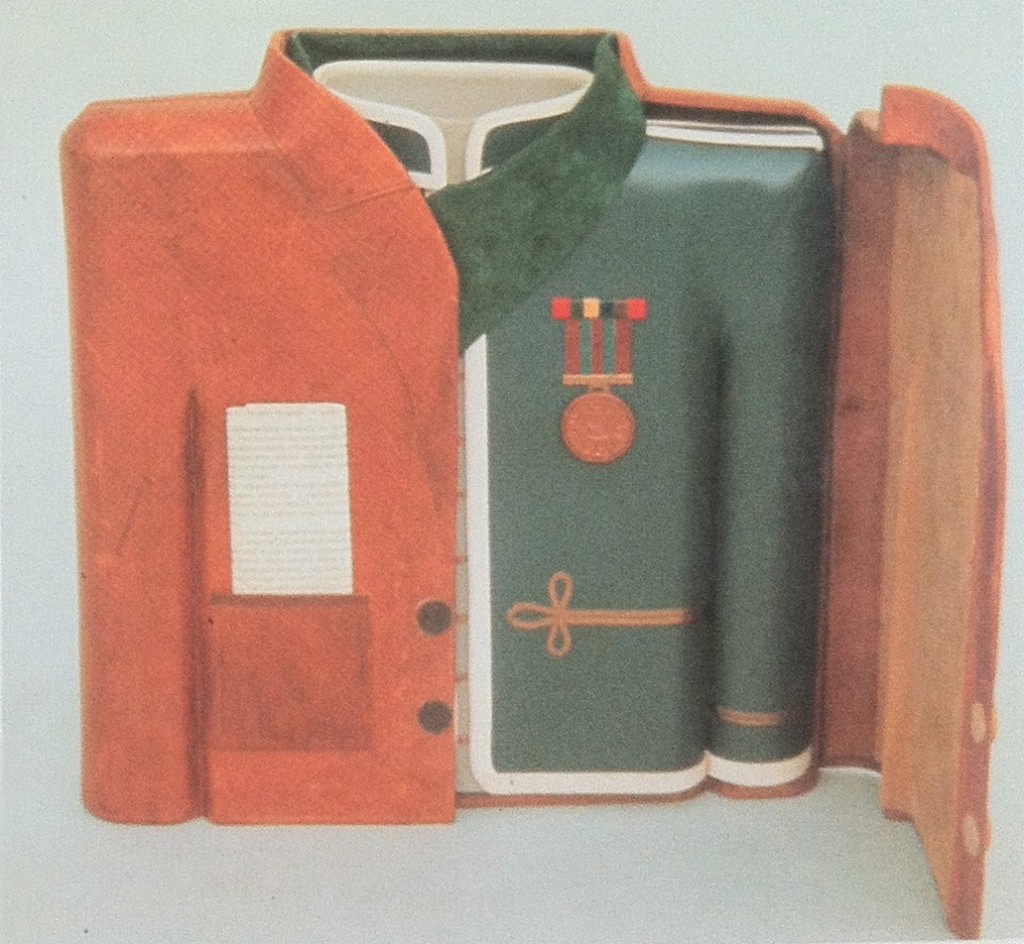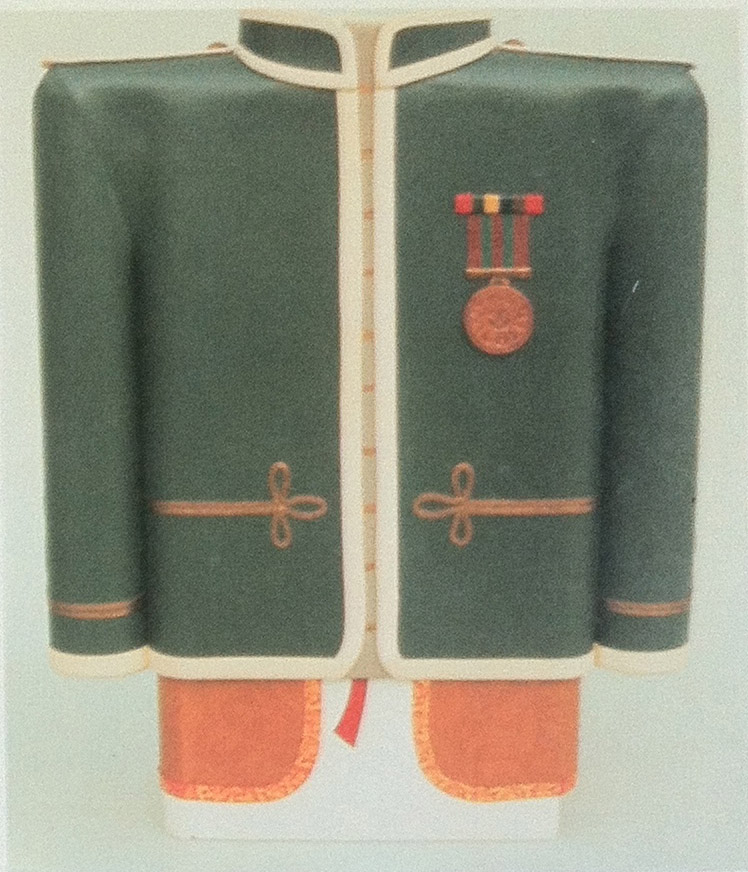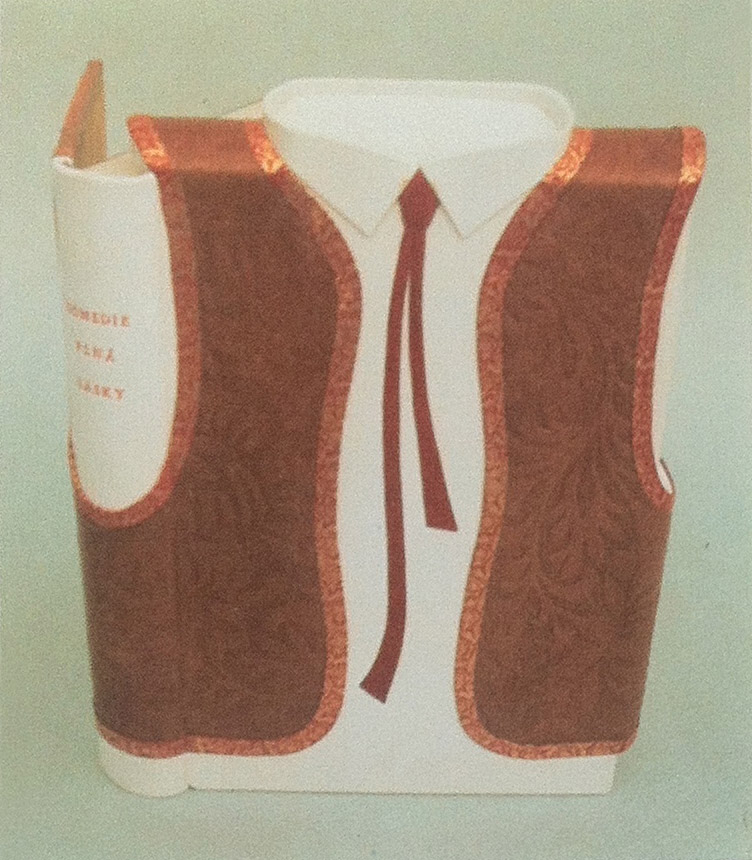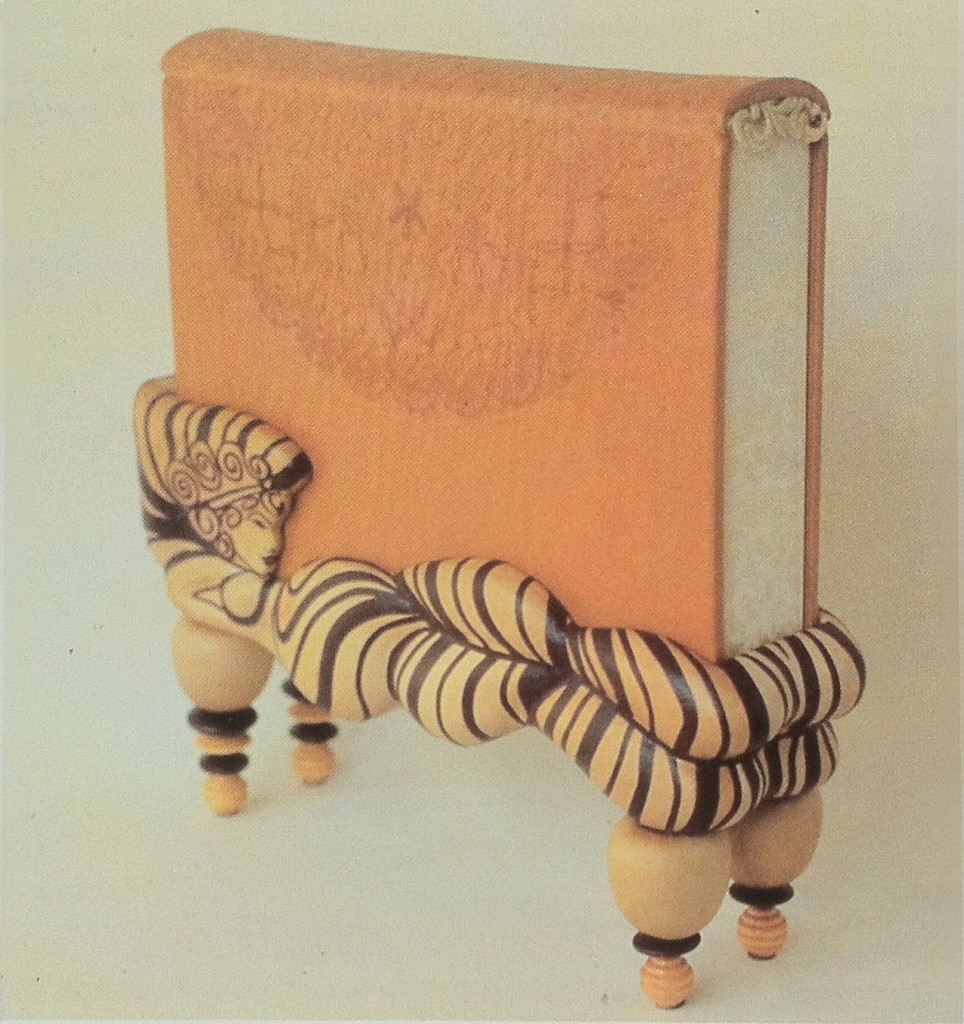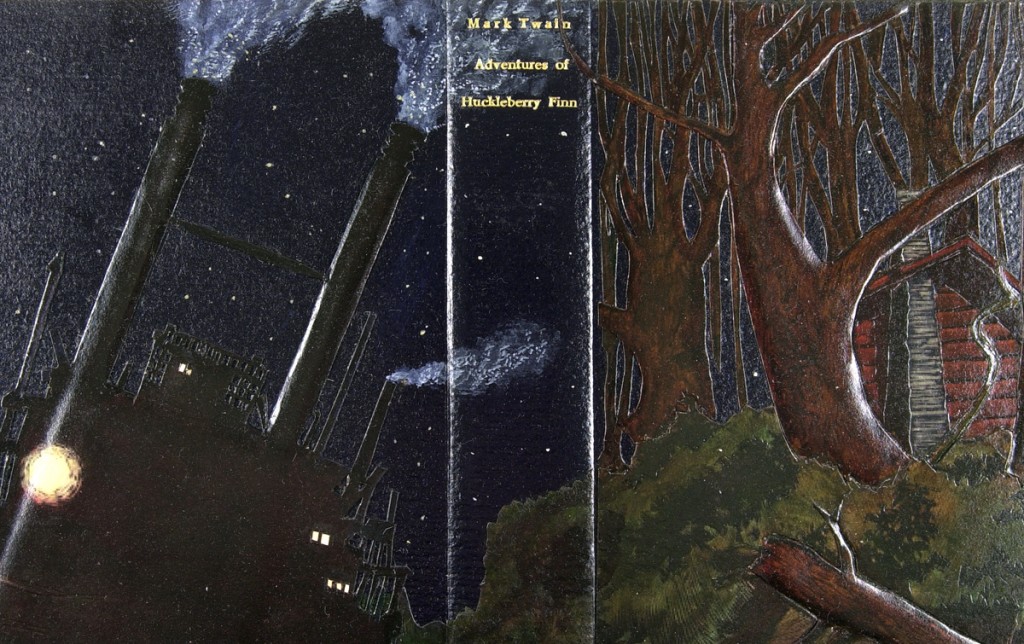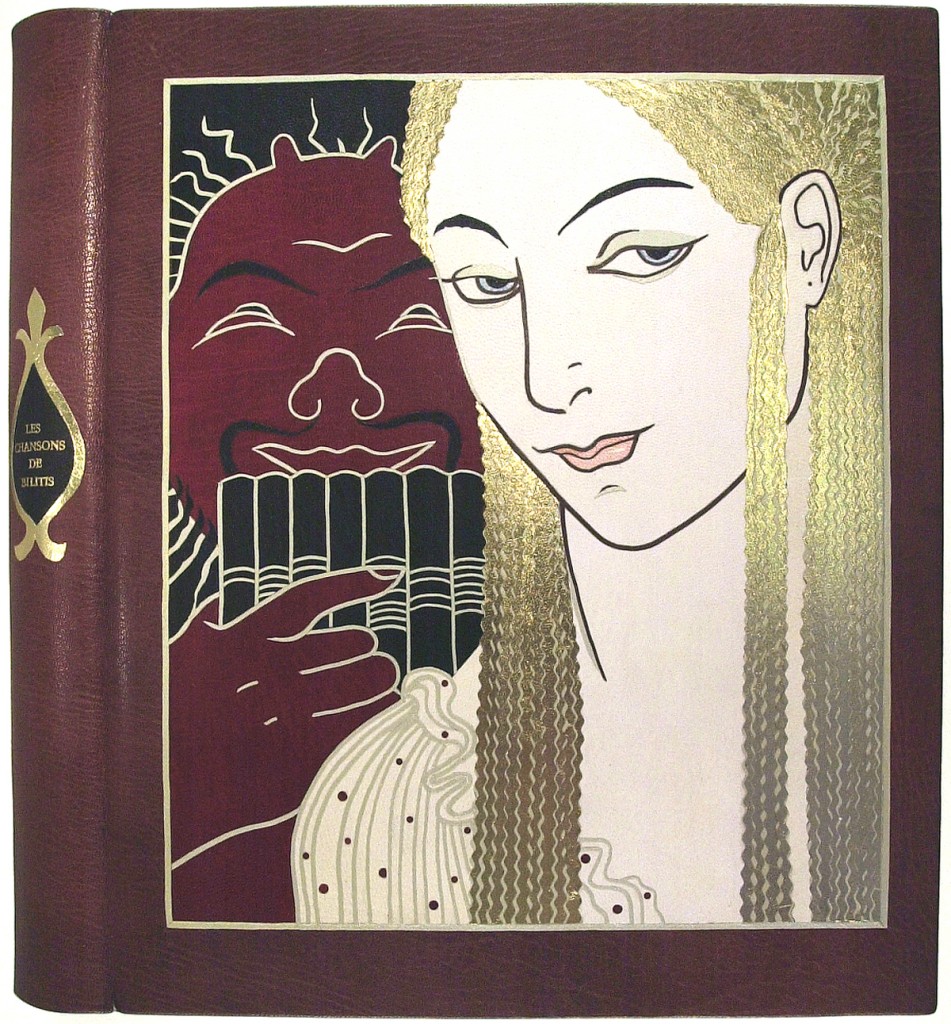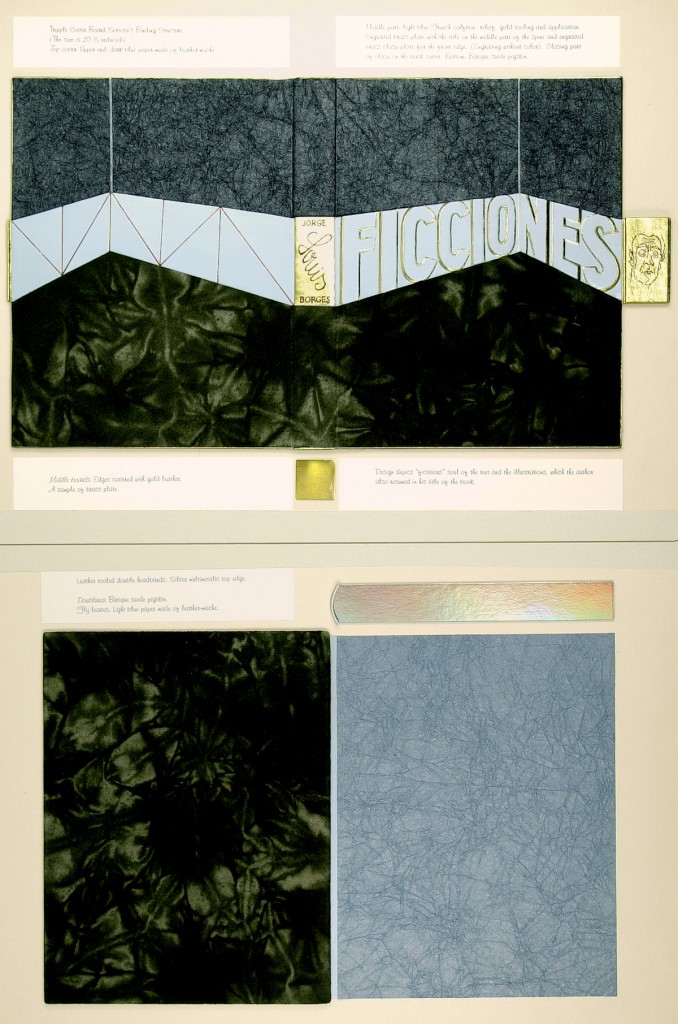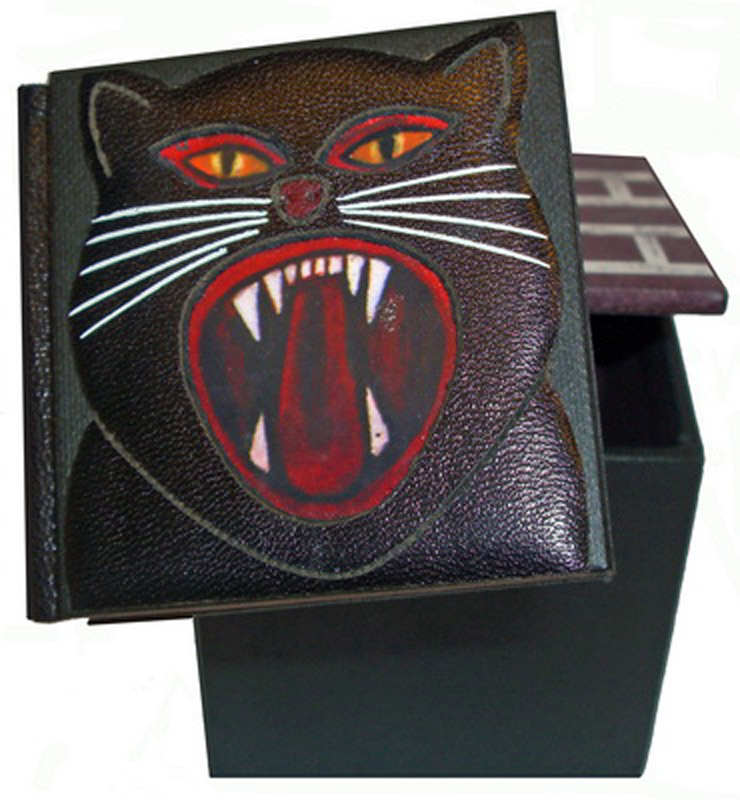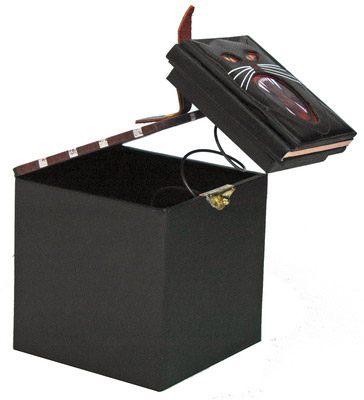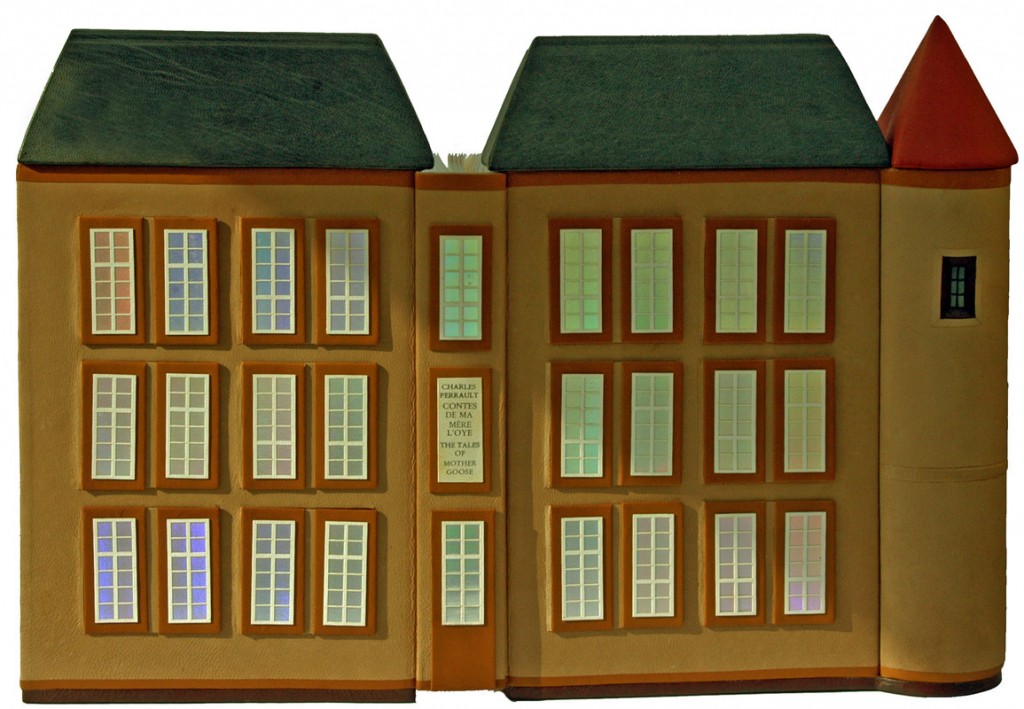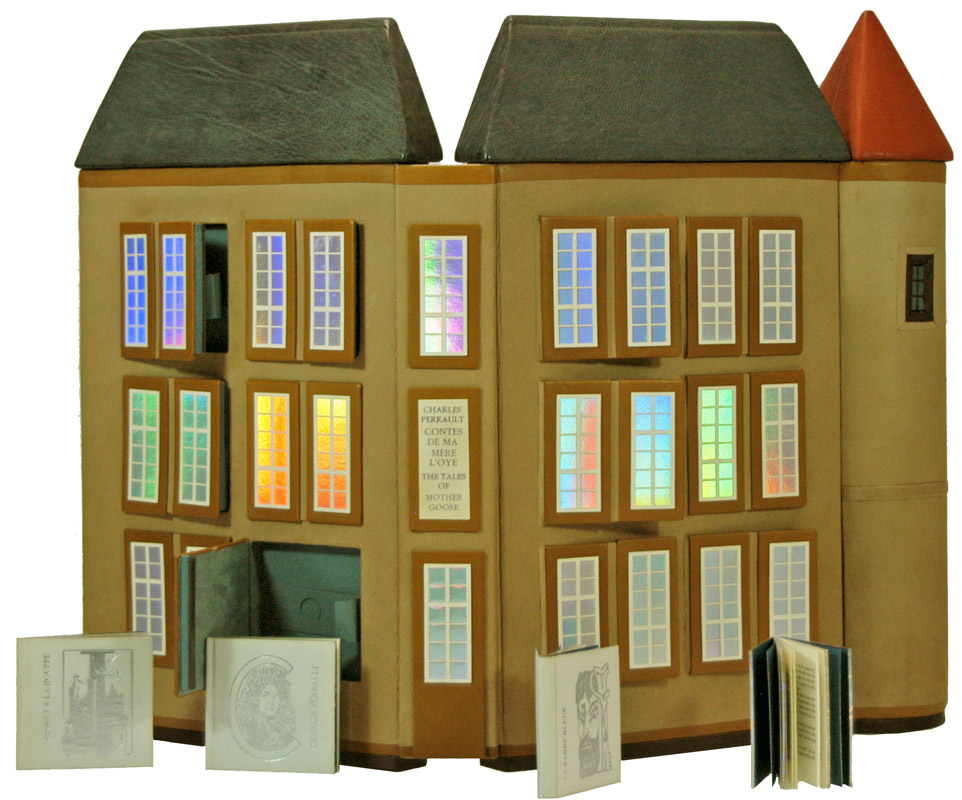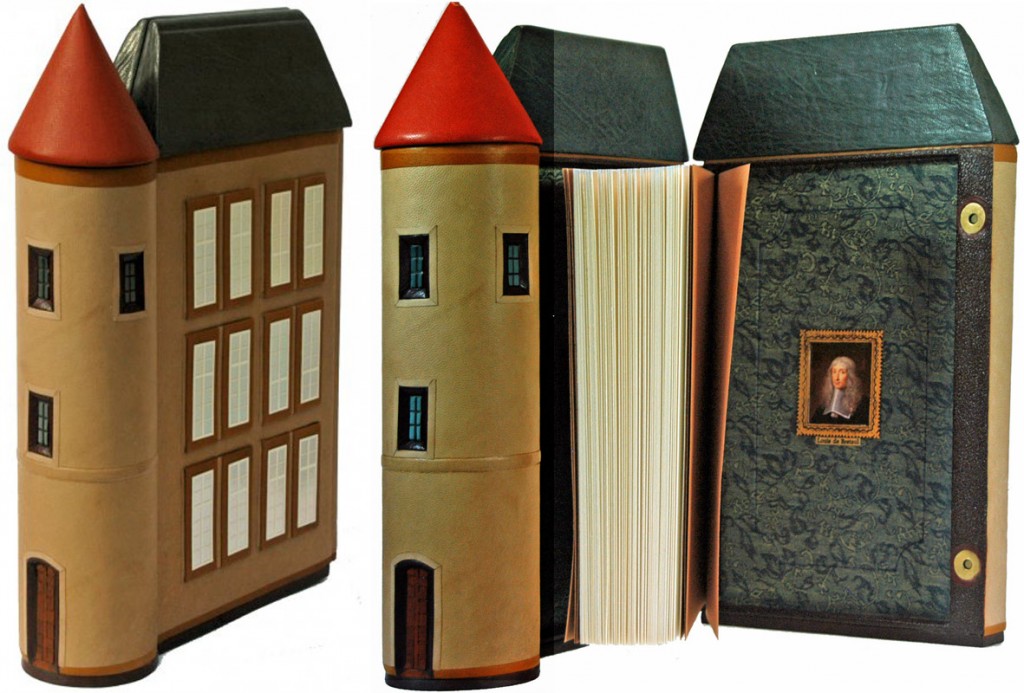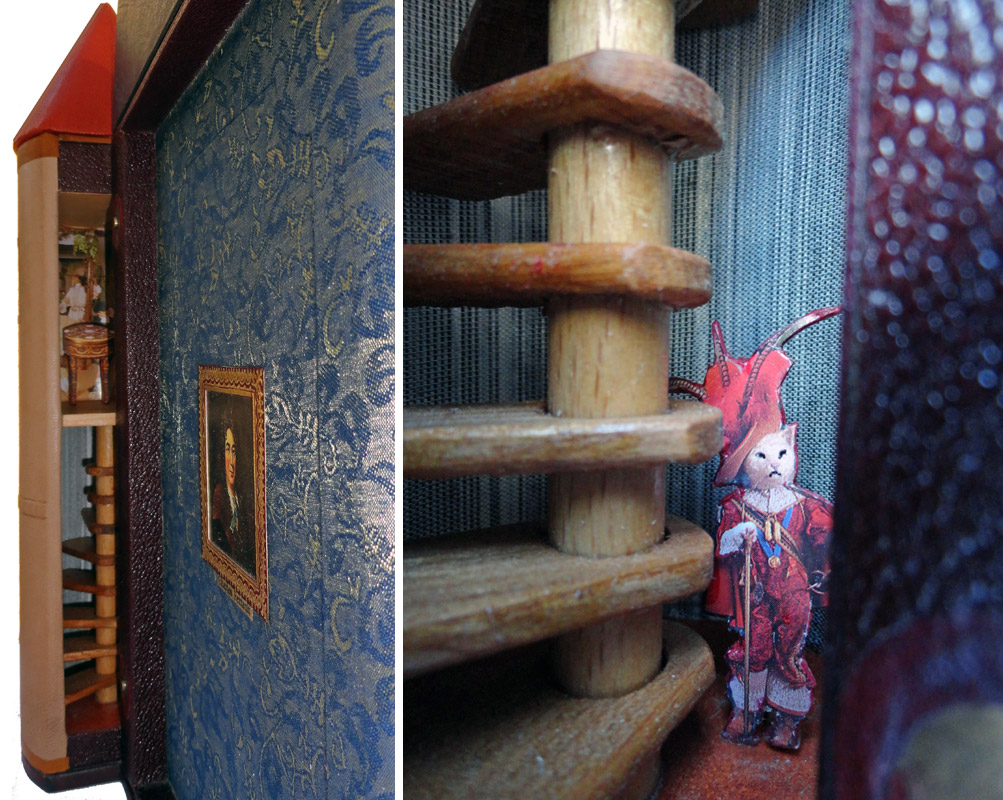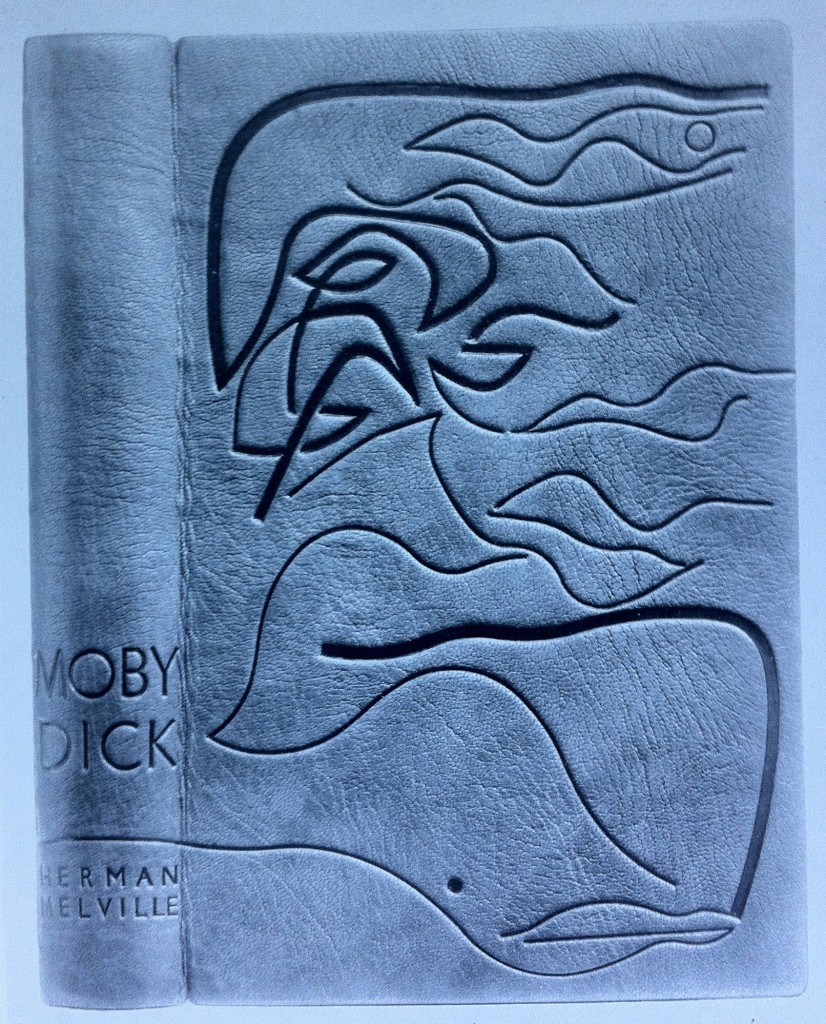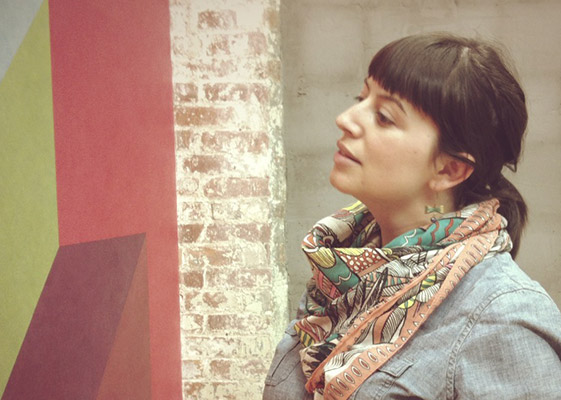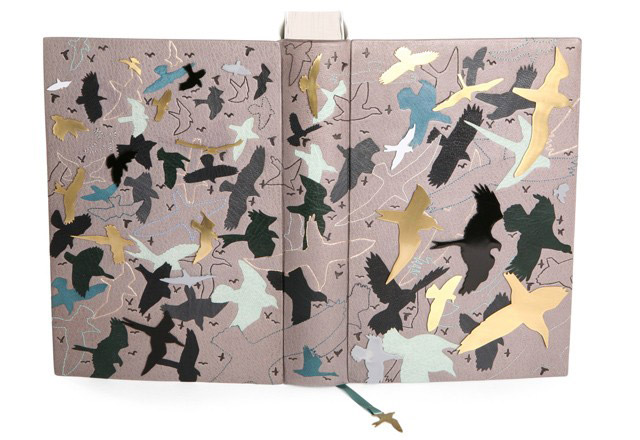 This edition of Daphne Du Maurier’s Don’t Look Now and Other Stories was published by the Folio Society in 2007 and bound by Hannah Brown in 2008 for the Designer Bookbinders Annual Competition, receiving the Mansfield Medal for Best Book. Bound in a dark grey goatskin with miscellaneous leather bird onlays in black, grey, dark green, pale turquoise and dark turquoise. Bird outlines are machine-sewn with twenty-four additional bird silhouettes in hand-pierced brass. Hand-tooled birds in carbon and Moon gold with hand-made finishing tools.
This edition of Daphne Du Maurier’s Don’t Look Now and Other Stories was published by the Folio Society in 2007 and bound by Hannah Brown in 2008 for the Designer Bookbinders Annual Competition, receiving the Mansfield Medal for Best Book. Bound in a dark grey goatskin with miscellaneous leather bird onlays in black, grey, dark green, pale turquoise and dark turquoise. Bird outlines are machine-sewn with twenty-four additional bird silhouettes in hand-pierced brass. Hand-tooled birds in carbon and Moon gold with hand-made finishing tools.
The book is housed in a drop-back box covered in a pale grey bookcloth highlighted with elements from the binding.
Metal pieces appear a lot in your binding. How did you start working with this material, do you cut and shape the metal pieces yourself?
I began to learn how to work with metal whilst doing my degree course in Brighton. Visually I have always liked the appearance of the pierced metal against leather. I tend to always use brass as the base metal, in my early books I lacquered the metal to prevent tarnishing, however I have now moved on to getting the brass pieces I use gold-plated.
I do pierce the shapes out myself, I also solder posts on to the reverse of the shapes and attach them to the boards by drilling holes and feeding these posts through. I do not trust glues to withstand the test of time and feel far happier knowing that the metal is physically fixed through the covers. I have also started to experiment with acid etching to create texture on the flat metal surface, and intend to do more with this on future bindings.
